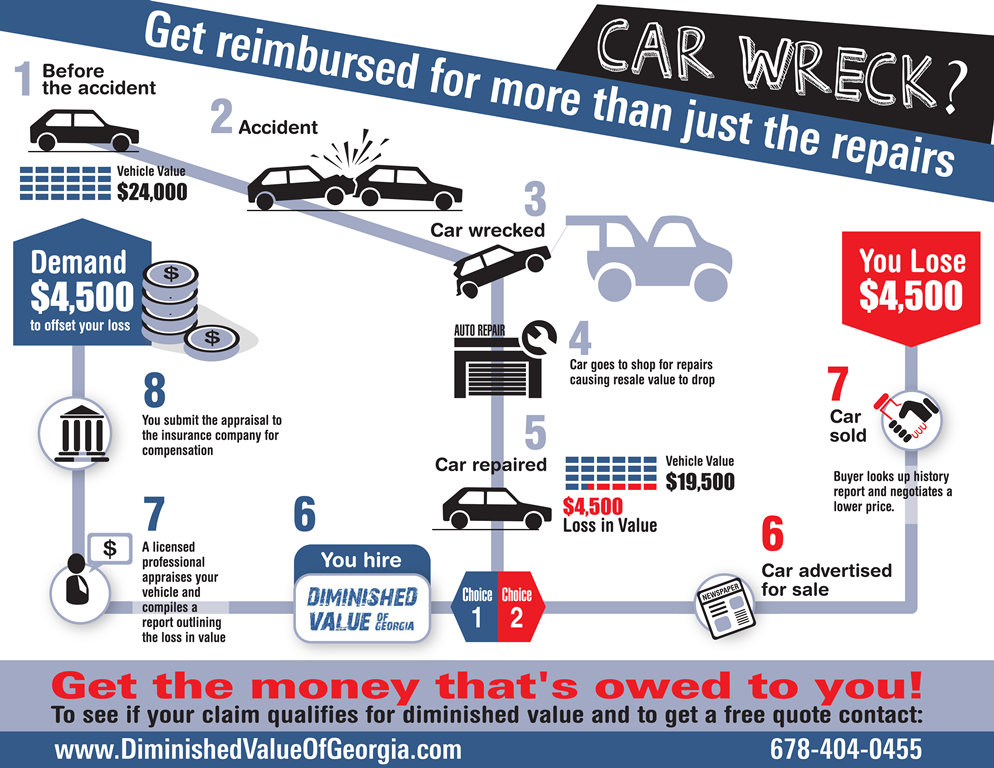Looking For Clarity On The Caution Lights Displayed On Your Car'S Control Panel? Learn Exactly How They Connect To Your Automobile'S Health And Safety
Looking For Clarity On The Caution Lights Displayed On Your Car'S Control Panel? Learn Exactly How They Connect To Your Automobile'S Health And Safety
Blog Article
Short Article Created By-Hartley Kejser
When you're behind the wheel, those radiant caution lights on your dashboard can be a bit difficult. Do you recognize what they're attempting to inform you about your automobile's health? Recognizing the value of these lights is essential for your safety and the durability of your automobile. So, the following time one of those lights appears, would not you intend to decipher its message accurately and take the necessary actions to resolve it?
Common Warning Lighting and Interpretations
Identify usual warning lights in your vehicle and recognize their significances to ensure safe driving.
The most regular warning lights consist of the check engine light, which signifies problems with the engine or emissions system. If this light begins, it's critical to have your automobile inspected immediately.
https://brake-pads-and-rotors73950.blogs100.com/30405196/the-conclusive-manual-for-auto-outlining-products-vital-understanding-for-beginners warning light shows low oil pressure, calling for prompt attention to stop engine damage.
A flashing battery light may suggest a defective billing system, potentially leaving you stranded otherwise attended to.
The tire pressure monitoring system (TPMS) light alerts you to reduced tire stress, influencing car stability and gas performance. Ignoring this can cause hazardous driving conditions.
The abdominal light suggests a trouble with the anti-lock braking system, endangering your capacity to quit quickly in emergencies.
Last but not least, the coolant temperature level warning light warns of engine getting too hot, which can result in severe damage if not fixed quickly.
Understanding these common warning lights will certainly assist you address issues promptly and maintain safe driving problems.
Value of Prompt Focus
Understanding the usual caution lights in your cars and truck is only the primary step; the relevance of without delay addressing these cautions can't be highlighted enough to ensure your security on the road.
When a caution light brightens on your dashboard, it's your vehicle's means of connecting a prospective issue that requires attention. Neglecting these warnings can bring about much more extreme troubles down the road, endangering your security and potentially costing you more out of commission.
Prompt attention to advising lights can avoid malfunctions and accidents. As an example, a blinking check engine light might suggest a misfire that, if left ignored, could trigger damages to the catalytic converter. Addressing this promptly can save you from a pricey fixing.
In a similar way, a brake system cautioning light may indicate reduced brake liquid or worn brake pads, critical parts for your safety when driving.
DIY Troubleshooting Tips
If you observe a caution light on your control panel, there are a few do it yourself fixing tips you can try prior to looking for professional assistance.
The primary step is to consult your auto's handbook to comprehend what the details caution light suggests. Sometimes the concern can be as basic as a loosened gas cap setting off the check engine light. Tightening up the gas cap might settle the problem.
Another typical issue is a low battery, which can trigger different cautioning lights. Examining https://www.myleaderpaper.com/news/police_fire/police-investigate-theft-from-pickup-parked-outside-arnold-auto-repair-shop/article_2379fc26-ea94-11ec-a34c-03ec57902f81.html for rust and ensuring they're safe and secure might fix the problem.
If a caution light continues, you can try resetting it by detaching the vehicle's battery for a couple of mins and then reconnecting it. Furthermore, checking your lorry's liquid levels, such as oil, coolant, and brake liquid, can assist troubleshoot cautioning lights associated with these systems.
Final thought
In conclusion, understanding your car's warning lights is crucial for keeping your lorry running efficiently and safely. By immediately attending to these notifies and knowing what they indicate, you can prevent pricey repair services and potential break downs.
Keep in mind to consult your cars and truck's manual for specific information on each alerting light and do something about it appropriately to guarantee a trouble-free driving experience.
Stay educated, stay safe when driving!
